By making significant investments in their R&D departments, the leading market players are concentrating on broadening their product ranges. To further expand their worldwide footprint, firms are also concentrating on integrating a variety of market developments, such as new product releases, contractual agreements, mergers and acquisitions, higher investments, and collaboration with other organizations. To increase their profit margins, the major companies in the Articulated Robot Market products industry market also offer to optimize their supply chains.
Market leaders in the global Articulated Robot Market products industry are selling their goods at fair prices to cut down on operational expenses. The global Articulated Robot Market products industry sector has created several extremely viable products throughout the anticipated period. Major players in the Articulated Robot Market products market include ABB, Fanuc Corporation, Yaskawa Electric Corporation, Kawasaki Heavy Industries Ltd, Mitsubishi Electric Corporation, Seiko Epson Corporation, Toshiba Machine Co. Ltd., OMRON Corporation, and KUKA Aktiengesellschaft among others.
Kawasaki Heavy Industries Ltd. (KHI), a Japanese public multinational business with headquarters in Ch, Kobe and Minato, Tokyo, manufactures bikes, engines, heavy equipment, aerospace and defense equipment, rolling stock and ships. Additionally, it is engaged in the manufacturing of gas turbines, pumps, boilers, industrial robots, and other items. Shz Kawasaki, the business's creator, is honored with the name. Along with Mitsubishi Heavy Industries and IHI, KHI is regarded as one of Japan's top three heavy industrial producers.
Prior to the Second World War, Kawasaki Steel and Kawasaki Kisen were also a member of the Kobe Kawasaki zaibatsu, which also comprised KHI. KHI joined the DKB Group after the battle.
Yamaha Motor Co., Ltd. is a Japanese multinational company that produces motorized items, including boats, outboard motors, and motorbikes. The corporation, which has its headquarters in Iwata, Shizuoka, Japan, was founded in 1955 after splitting from Yamaha Corporation (although Yamaha Corporation remains the largest stakeholder of a private company with 9.92% as of 2019). As of 2012, the business operated its development, manufacturing, and marketing activities through 109 consolidated subsidiaries. Yamaha Motor split out from musical instrument maker Yamaha Corporation in 1955.
It started producing its first product, the YA-1 125cc motorbike, under the direction of Genichi Kawakami, the company's founder and first president. It succeeded quickly and took first place in its class in the third Mount Fuji Ascent Race.
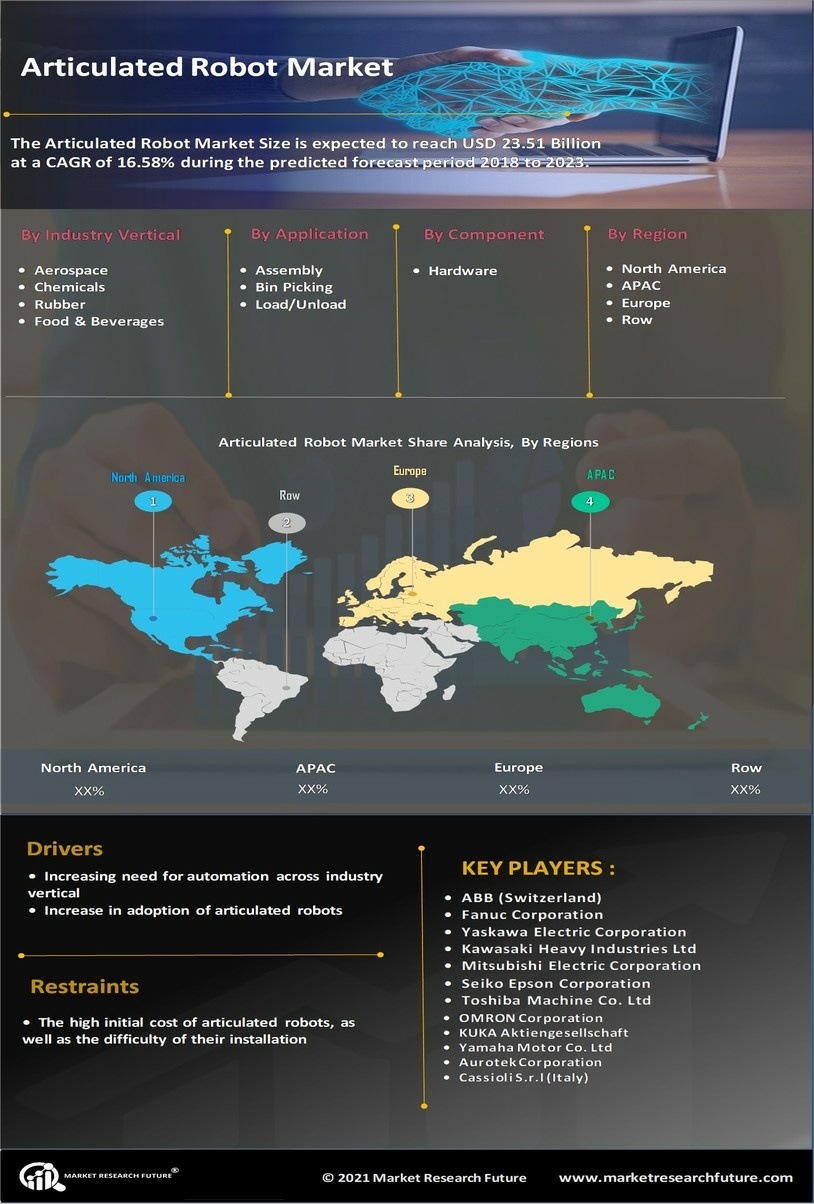
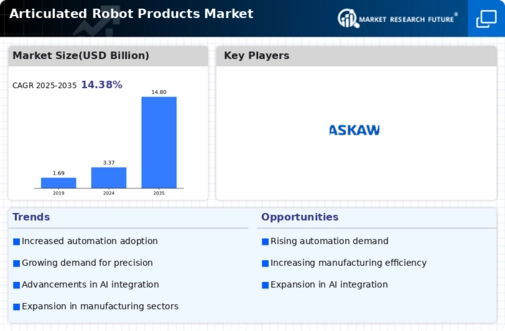
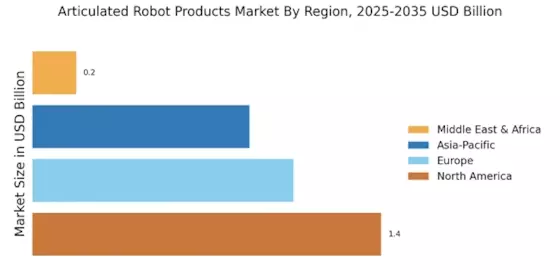

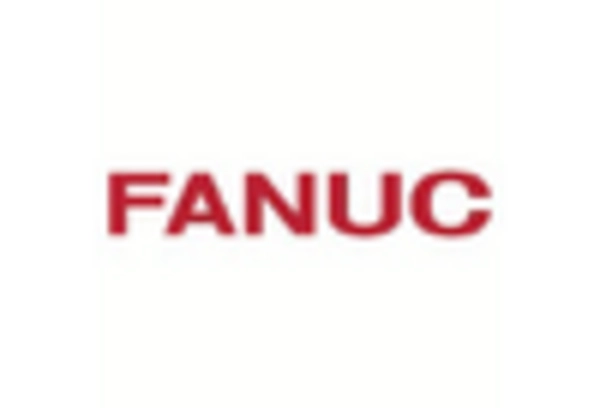


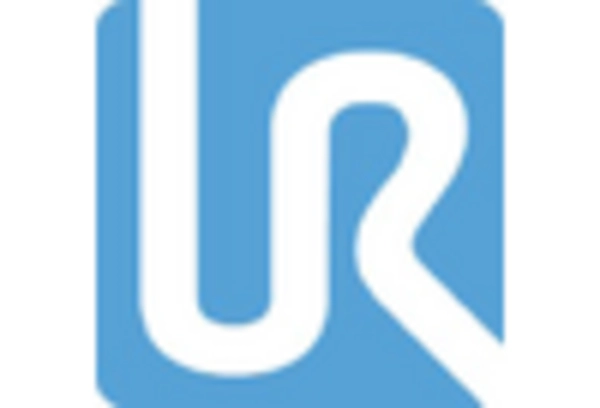
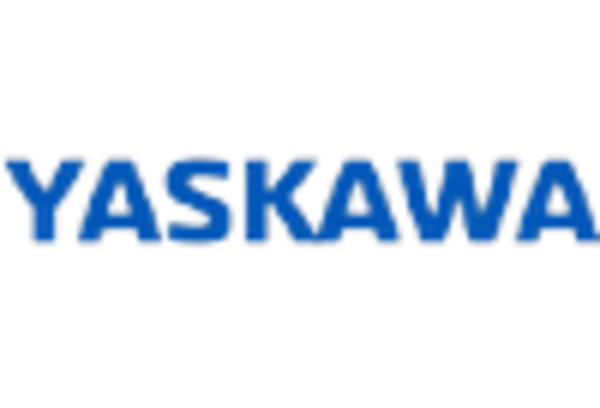








Leave a Comment